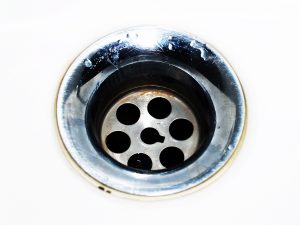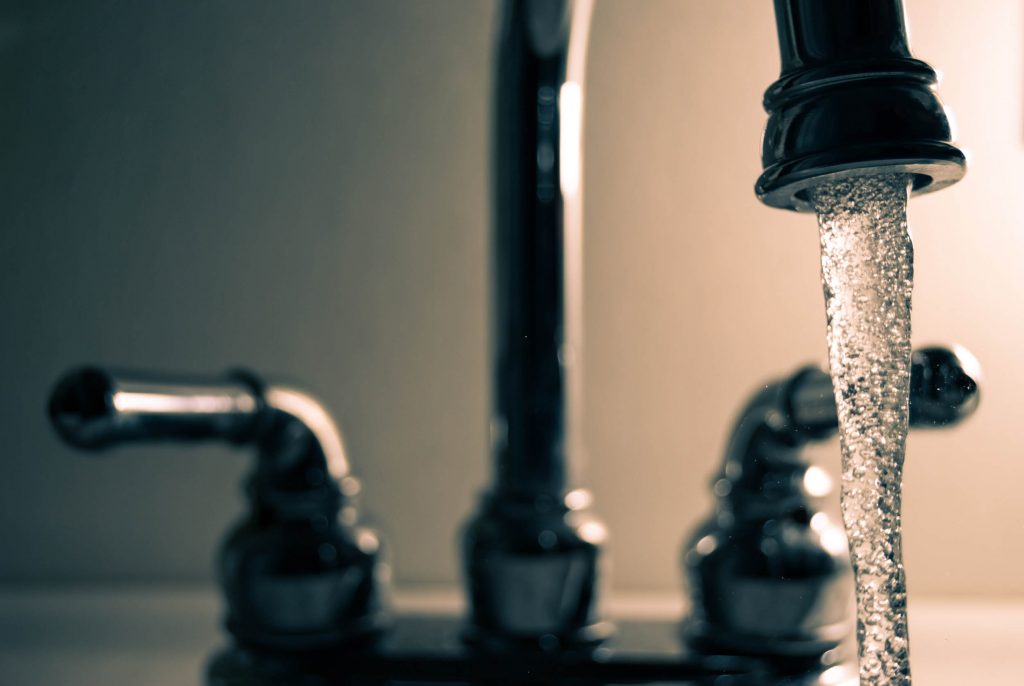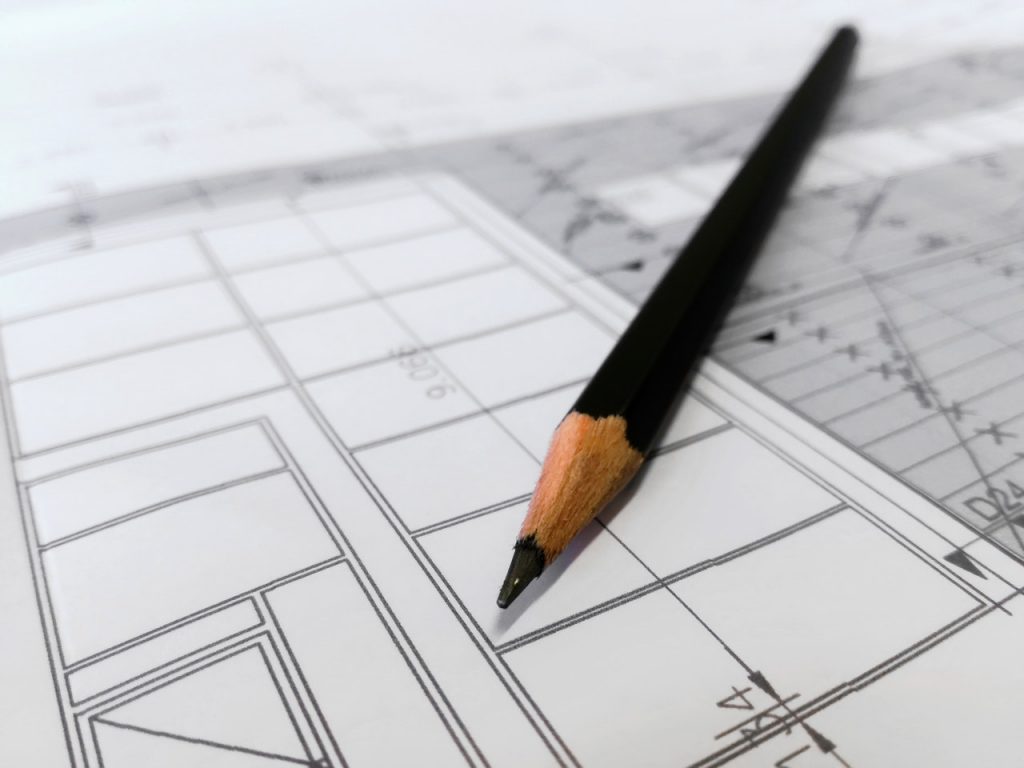Drainage pipe is often made with resin-coated flexible materials. Overlapping these pipes (pipelining) is a proper replacement or relining technique for efficient sewer systems. Also, sewer pipe relining work involves planning and methodology. Usually, CCTV cameras are used to inspect the drainage system before resolving any problems with the damaged pipe. These are stages of pipe relining tasks.
Inspection of Pipes
The initial phase after customer consultation is to inspect the sewer lines and determine the extent of the damage. Usually, footages from the drain camera recordings (in full-colour formats) are analyzed. This inspection is supported with a forced electron leak location (FELL) equipment too. Then, a post-inspection report on the state of the infrastructure is sent to the project manager and engineers.
Descaling and Cleaning
Generally, the rehabilitation of old sewer pipes and underground drainages is often a complex task, especially if the pipe in question is located under big establishments such as the Melbourne city conference centre. Relining experts don’t need to pull down roots of trees that have grown in the path of resin pipes. However, large obstructions like plants and stones can be removed by using special robotic cutters. High-pressure hydro jets can be used to descale and clean the pipes from impurities. This process of applying special cleaning reagent with high-pressure water ensures high surface visibility of pipe walls before laying new resin-coated pipes.
Insert Specialized Equipment
Before relining new pipes, conduct final checks with the CCTV cameras to determine the extent of the damage and length of new resin pipes that will be installed. The next phase involves inserting a liner and bladder (specialized equipment) into position. When the liner is set over the damaged section of the drain; inflate the bladder, and it creates a new pipe within the damaged pipe.
Curing Process
Before relining the affected infrastructure, epoxy resin is applied as coats on the exterior area of new pipes. Also, a custom-made deflated bladder is inserted inside the circumference of new pipes before placing them onto the damaged section of old sewer pipes. To be noted is that this method does not only apply to sewer pipes but also various pipes that are not made out of materials that can bond with bladder such as the material used to make plastic water tanks. When the bladder is inflated, damaged surface areas of the drainage will bond with the epoxy-coated area. Allow the liner pipe to cure because there might be T-sections and tricky joints along the old pipes with wide holes. When it’s dry, deflate the bladder and remove it before inspecting the new pipe that has been superimposed on the old pipe.
During pipe relining, the curing of new resin pipes on the bad section can be quickened by pouring hot water. When the new structural liner set in hard, inspection with CCTV camera should show a well-covered surface. However, one of the benefits of using this process of pipe relining is avoiding the hassles of digging a trench to replacing pipes.

What Are The Benefits of Pipe Reclining?
As a form of safety concerns, a disrupted underground sewer pipe can ‘cave in’ and cause environmental hazards. Apart from being vulnerable accident spots, there’ll be increased maintenance cost on trucks and cars that travel over disrupted ground surfaces regularly. In most conditions where sectional repairs occur, there could have been misalignments or collapse of underground pipes. Pipe relining jobs help to withstand pressure, cover cracks from root penetrations, and missing sections of drain networks.
Lining new resin pipes on layers of old pipes will increase the durability of any aging infrastructure. It’s a faster process of fixing defective underground pipes in harder-to-access areas.
All aging underground infrastructure like drainage pipes, or even the pipes that connect to your underground rainwater tank needs to be monitored with CCTV and restored with trenchless techniques of pipe relining. Also, remediation experts create a seamless joint or solve the impacts of water ingress with pipe relining work.
In the following section below we will summarise the steps of a pipe relining. There are many stages to pipe relining, which can be as follows:
- The pipes are checked and scrutinized to examine the extent of the harm to them. This was traditionally done with the help of closed-circuit boards, but forced electron leak location (FELL) gear is used to inspect the damage more closely to design better solutions.
- The next step entails cleaning of the obstructed pipes, which will have multiple measures. Firstly it is cleaned using traditional methods, and then any solid or large blockages are removed. Normally robotic cutters are employed. This is because most of the pipes are located deep underground or within big structures such as the Docklands stadium in Melbourne that takes millions to ‘disassemble’. Lastly, a high-pressure water jet can be used to finish cleaning up and make sure a fantastic surface on the pipe walls to the resin to set.
- Then, another closing check is performed so as to make sure the pipes are all set to be relined, typically using closed-circuit cameras.
- Currently, the duration of the liner is determined by the duration of the plumbing, in addition to the degree of the damage to them.
- After determining the length of the pipe, the pipe is packed with epoxy resin. This implies that the entire length of your plumbing will be filled with a resin that would become one with the pipe after healing. Straighter and wider segments of this pipe are easier to deal with than tricky joints and T-sections within this phase.
- This step is followed by the curing process, that’s the longest step in the entire process. This step can be performed by letting the liner heal manually, but generally running hot water through the pipe can be used to accelerate the process. In the end, UV radiation is used to treat the lining to complete the hardening process.
- Before completing the procedure, all the junctions and inspection pits, what is left is the trimming. This process uses robotic cutters to remove junctions, however, inspection pits may be handled using grinders or some other surface-level cutters.
- Eventually, the pipe relining process will be complete. There must be tests performed, so ensure that your pipes are working well just after the final tests are completed by the pipe relining support you employ.


